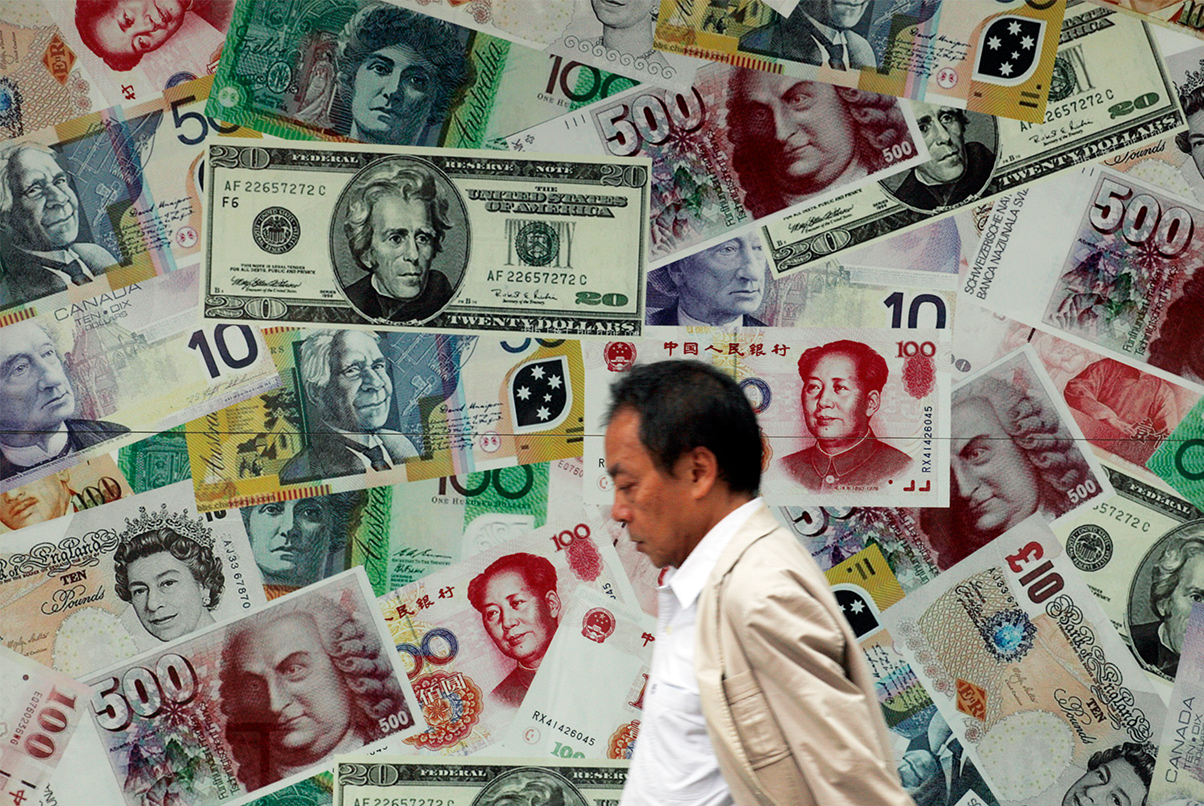- July 7, 2016
Why China Cannot Tackle its Currency Challenges Without Deeper Reforms
Guan optimistically suggests that the August 2015 decision should now allow market forces to play a bigger role. But that is not the end of the story. Despite the August 2015 move, there have been significant capital outflows from China, as well as yuan selling pressure. The yuan has depreciated by more than 5 percent and total capital outflow exceeded $500 billion in the second half of 2015. As a result, and even though the PBOC has deployed a series of measures to stabilize the exchange rate, China lost some $275.8 billion of foreign reserves in the second half of 2015 alone.
China’s currency, Guan says, is thus in a difficult position. For one thing, China’s exchange rate reforms and capital account liberalization efforts are not yet completed and further actions will be required if Beijing is to meet the liberalizing goals laid out in the decisions of the Third Plenum in November 2013. At the same time, says Guan, such challenges as depreciation and capital outflows have actually made these badly needed reforms more delicate to pursue.
China will need to deal with this contradiction. To this end, Guan’s memo begins with an overview of how he sees China’s major currency challenges. He then provides some baseline prescriptions for China to continue the pursuit of currency reform even as it tackles these various challenges. The central argument of Guan’s memorandum is that further reform is the best way to address the challenges that China and its exchange rate regime now face.
Stay Updated with MacroPolo
Get on our mailing list to keep up with our analysis and new products.
Subscribe

